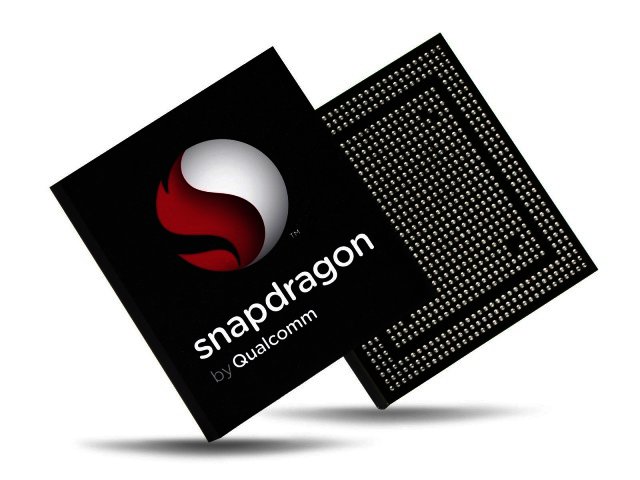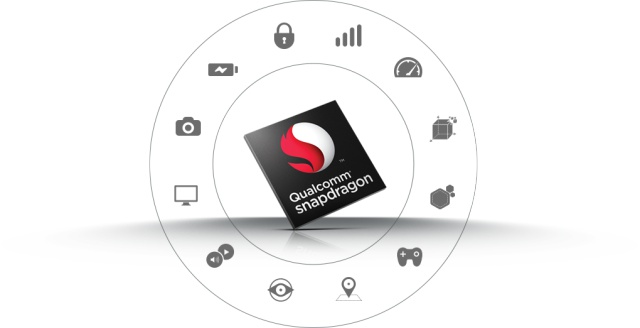Why you should care about the chipset in your mobile device
By Staff Writer 31 July 2015 | Categories: news
Consider how many times a day you look at your mobile device - updating social media profiles, checking news and traffic updates before work, reading a novel, taking photos, sending messages to friends and family, playing a game of Candy Crush while waiting in the bank queue. You probably don’t queue at the bank though – you use a mobile banking app instead.
It’s because we are all so dependent on our devices that when buying a new one or upgrading, we look for the device that fits our individual requirements, lifestyle and budget best. Often, this means looking at screen size, battery performance, camera quality or brand, but what should matter most is how our device performs while we use it. That’s where the processor (or the chipset), comes in.

The processor is a critical component of any mobile device. It is much more than the CPU, according to James Munn, VP of Business Development, Middle East and Africa at Qualcomm. Munn says, it enables the camera to take super-sharp images, connects you to the Internet and keeps you connected, and it’s what helps you enjoy videos and music on-the-go in surround sound quality.
Qualcomm has been a significant player in the mobile technology sector over the years. In particular, Qualcomm Snapdragon processors are used in a number of the world's top smartphones and tablets. In fact, Qualcomm Snapdragon processors power more than one billion devices today.
“MTN’s Steppa range, the Vodacom Smart 4 Turbo, and various devices from LG, Alcatel, Sony,Samsung and Microsoft are powered by Qualcomm Snapdragon processors s, which are designed for superior mobile user experiences,” says Munn. He adds, “awareness that evaluating the chipset is an important part of device selection is the first step towards making better device purchase and upgrade decisions.”
Munn offers up the following advice. When comparing devices before you purchase or upgrade, examine the technical specifications of the device carefully. Information about the processor often appears after details of the display, memory and camera, and your retailer can help explain how the technical specification of one device compares to another.
Whatever device contains a Snapdragon processor, mobile users benefit from a perfect balance of power and performance:
-
The Snapdragon 200 range is for entry-level devices such as the MTN Steppa 2 (review), Nokia Lumia 530 and Alcatel Onetouch.
-
The Snapdragon 400 range is for more affordable mass market devices such as the Samsung Galaxy S4 mini, Galaxy A5 (review) and Nokia Lumia 830.
-
Mid-range devices such as the Samsung Galaxy S4, HTC One (review), and HTC Desire contain Snapdragon 600 processors
-
Flagship devices such as the Samsung Galaxy S5, Sony Xperia Z3 and LG G Flex2 (review) contain the latest Snapdragon 800 processors
“A quality mobile device should offer consumers the best of two worlds, both form and function. In other words, both looks and brains,” says Munn. “Never before has it been easier to have both at an affordable price," he adds.
“And to get both, all consumers need to do is ask their retailer questions about the inside of the device they are looking at – the processor," Munn concludes.
Most Read Articles

Have Your Say
What new tech or developments are you most anticipating this year?



